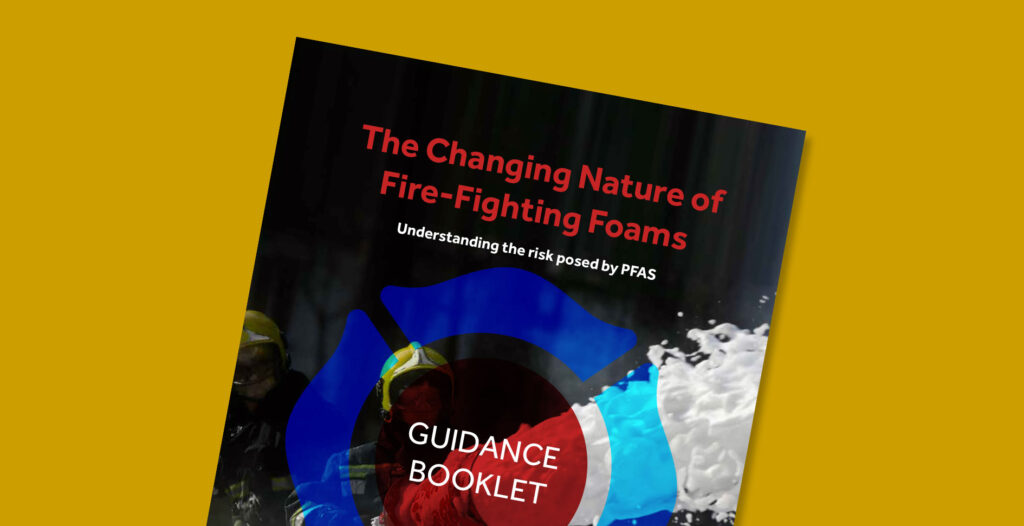The Clean Technology Centre has been commissioned by the EPA to develop guidance on PFAs-containing AFFF. This is part of a Support Framework Agreement for Substance Reporting.
Poly- and perfluoroalkylated substances (PFAS) are a large group of organofluorine compounds that have been widely used in a range of consumer products and industrial applications including stain-resistant and non-stick coatings and as surfactants in aqueous film-forming foams (AFFF).
Due to the negative effects of these substances on human health and the environment, the EU POPs Regulation was amended in 2020. This introduced new restrictions on the use of PFOA and PFOA-related substances. Additionally, several other PFAS are on the REACH list of Substances of Very High Concern (SVHC).
The additives in foam are surface-active agents, or “surfactants”. Many of those used for AFFF are substances called “PFAS”, Per- and PolyFluoroAlkylated Substances. These chemicals consist of a range of different fluorine containing molecules (often called organofluorine compounds), with the “F” in the PFAS abbreviation referring to fluorine.
Many PFAS (e.g. PFOS and PFOA) are proven to have harmful impacts on the environment and human health, others are suspected of posing risks and nothing is known about many others – though it is presumed that their behaviour is similar. One of the main concerns regarding PFAS is that they are “persistent”, meaning they break down very slowly, if at all, in the environment.
Many PFAS dissolve in water, meaning they can be transferred by surface water, i.e. streams and rivers, and groundwater, and can end up in drinking water supplies. As they are not broken down by wastewater treatment plants, discharge to sewer is not an effective treatment method, with them ultimately accumulating in our natural environment. They are both bioavailable and bioaccumulative, meaning that living organisms (including humans) can absorb them and once absorbed, they can increase in concentration in the body. It can take days or, for some PFAS, years before they are excreted from the body and they are known to interfere with the hormonal system, affect the immune system, impact the reproductive system, and are possibly carcinogenic. The more they are studied, the more negative impacts are discovered.
CTC has significant expertise and extensive local knowledge regarding industrial processes (past and present), environmental regulation and activity data sources pertinent to the development of Ireland POPs inventories back to 1990. CTC has much experience in emission inventories having compiled the first NMVOC and fluorinated gas emission inventories for Ireland, and subsequently the renewed inventories for these gases and for heavy metals (in conjunction with AEA). CTC carried out an EPA project entitled ‘Inventory and tracking of dangerous substances used in Ireland and development of measures to reduce their emissions/losses to the environment’. PAHs were one group of substances included in this project, which focussed on water. CTC has a long history of compilation of mass balances and Pollution Emission Registers for individual pollutants at a variety of industrial sites, considering emissions to all media, i.e. waste, water and air emissions.
As part of the work on this guidance, CTC thoroughly researched the subject of PFAs and AFFF and produced a Guidance Booklet called The Changing Nature of Fire-Fighting Foams: Understanding the risk posed by PFAS.
The 12 page booklet explains all the issues relevant to this topic including what PFAs and AFFFs are and why they are a problem including environmental, health and economic impacts.
It explains what a user has to do, how to identify and inventory AFFF stocks and how to prepare a management plan for storing them safely.
It details issues such as decontamination, disposal, replacement and gives explanatory case studies. It outlines the obligations of suppliers and waste contractors and the legal requirements and results of breaches.
It gives a detail overview of the legislation governing this topic and the key dates and restrictions from 2020 up to 2025.

